If you’re thinking about getting a tattoo, you’re probably asking yourself “Where to put tattoos?”. Tattoos are a great way to express yourself and make a permanent statement, but there are many considerations when it comes to choosing the best location for your next ink design. In this article, we’ll discuss the best locations for tattoos and the factors you should consider when deciding where to put tattoos.
Contents
Types of Tattoos
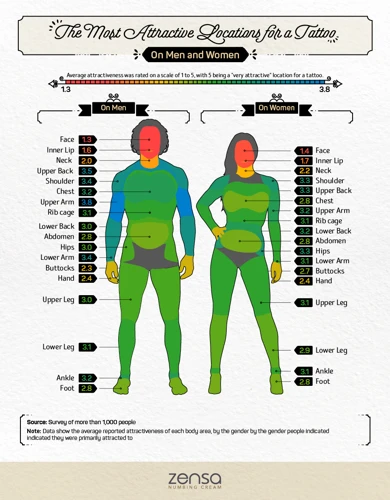
Small Tattoos
Small tattoos are a great way to express yourself without committing to a large piece of body art. These tattoos are typically smaller in size and can be placed in less visible areas of the body. Popular places to get small tattoos include the wrist, ankle, and behind the ear.
Medium Tattoos
Medium sized tattoos are perfect for someone looking to make a statement while still keeping it relatively small. These tattoos are often placed on the thighs, arms, back, or shoulder blades. When considering where to get a medium tattoo, think about the design and placement of the tattoo.
Large Tattoos
Large tattoos are a great way to express yourself and make a bold statement. These tattoos are typically placed on more visible areas of the body such as the chest, arms, legs, or back. When deciding where to get a large tattoo, consider how it will look on your body, how much space you have, and how visible you want it to be.
No matter the size of your tattoo, it’s important to take the time to think about where you should get it. The best advice for those wondering where should I get my tattoo is to consider the design and placement of the tattoo before making a decision.
Where to Put Tattoos
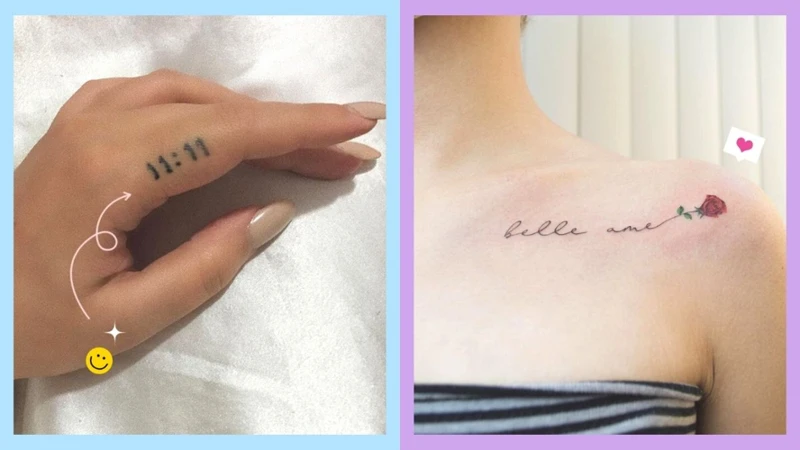
Arms
Arms are one of the most popular locations for tattoos. The arms provide a large canvas for you to choose from, allowing you to plan your tattoo placement to best suit your body shape and size. When planning a tattoo on the arms, it is important to keep in mind the shape and size of the tattoo, as well as the amount of movement the arms will experience. Smaller tattoos are better suited for areas with less movement, while larger tattoos may require a more secure placement. Additionally, it is important to consider the type of clothing that you will be wearing, as some designs may be covered or distorted by certain clothing.
Upper Arm
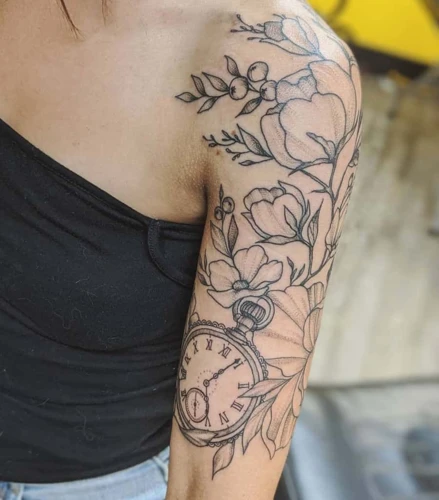
The upper arm is a great choice for a tattoo, as it is visible but not too obvious. It is a good choice for those who want to show off their tattoo but don’t want to make a statement. It is also one of the most common places for people to get tattoos. The upper arm can accommodate a variety of tattoo designs, from small and simple to larger and more complex designs. When it comes to where is the best place to get a tattoo, the upper arm is a great option.
Forearm
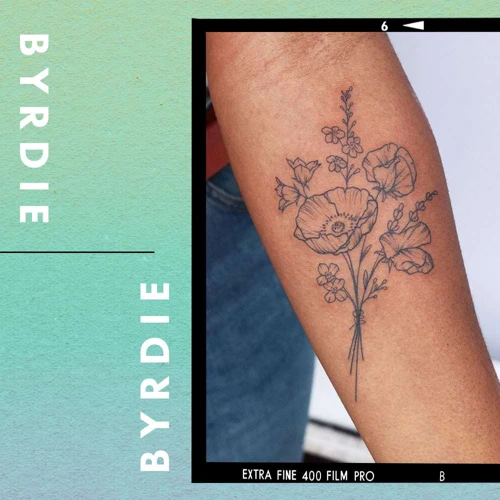
- Forearm tattoos are a great way to show off a statement piece of art.
- Forearm tattoos are popular amongst both men and women.
- Forearm tattoos are one of the most visible places to get a tattoo, so be sure to choose a design that you love and won’t mind showing off.
- The size of a forearm tattoo is typically limited by the length of your forearm and the shape of your arm.
- Forearm tattoos are perfect for those looking to showcase their artwork on the body.
- If you are looking for a place to get a tattoo on your body, the forearm is a great option.
Bicep
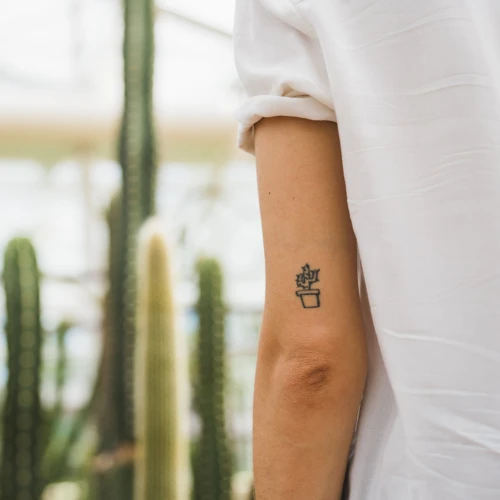
For those who want to place a tattoo in a visible area, the bicep is a great option. The area is highly visible and gives plenty of room for a detailed design. How to place tattoos on the bicep is important, as it needs to fit the contours of the arm. A tattooist will be able to advise on the best placement for a design.
Legs
The legs are a great area for large, detailed designs. The canvas is large and provides plenty of space for a tattoo. How to place tattoos on the legs is important, as the design will need to fit around the shape of the leg.
Back
The back provides a great canvas for large, detailed designs. It is also a great area for small, discreet tattoos. How to place tattoos on the back is important, as the design will need to fit around the shape of the back.
Chest
The chest is a great area for those who want a large, detailed design. It is also a great area for smaller, discreet tattoos. How to place tattoos on the chest is important, as the design will need to fit around the shape of the chest.
Shoulder
The shoulder is a great area for smaller tattoos. It also provides plenty of room for larger designs. How to place tattoos on the shoulder is important, as the design will need to fit around the shape of the shoulder.
Abdomen
The abdomen is a great area for smaller tattoos. It also provides plenty of room for larger designs. How to place tattoos on the abdomen is important, as the design will need to fit around the shape of the abdomen.
Neck
The neck is a great location for discreet tattoos. It is important to consider how to place tattoos on the neck, as the design will need to fit the shape of the neck.
Factors to Consider When Planning Tattoo Placement
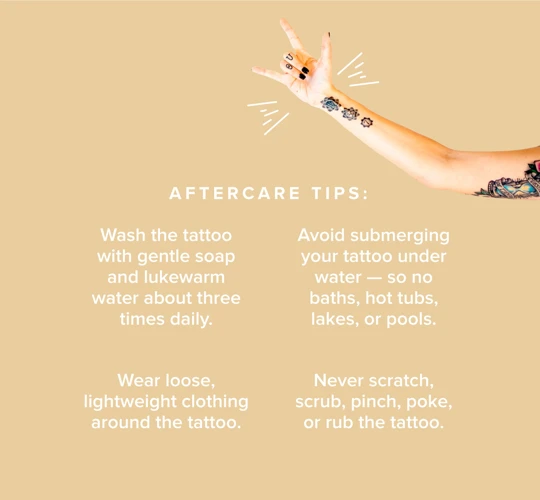
Skin Tone
When choosing where is a good place to get a tattoo, skin tone should be taken into consideration. For example, lighter skin tones are more likely to fade over time. Choosing areas that are more naturally pigmented can help preserve the design of the tattoo.
Pain Tolerance
Different areas of the body have different levels of pain tolerance. Areas such as the ribs and feet tend to be more sensitive to pain, while areas such as the arms and back are usually less sensitive. Knowing your pain tolerance can help you decide where is a good place to get a tattoo.
Allergies
If you have a known allergy to certain inks or chemicals, it’s important to consider this when deciding where is a good place to get a tattoo. Allergic reactions can be dangerous and can even cause long-term damage to the skin.
Lifestyle
Your lifestyle should also be taken into consideration when deciding where is a good place to get a tattoo. If you’re an athlete or have a job that requires you to wear uniforms, you may want to consider placing your tattoo in an area that can be easily covered up.
Tattoo Design
The design of the tattoo should also be taken into consideration when deciding where is a good place to get a tattoo. Certain designs may look better in certain areas of the body, so it’s important to think about the overall look of the tattoo before deciding on a placement.
Best Places to Get a Tattoo
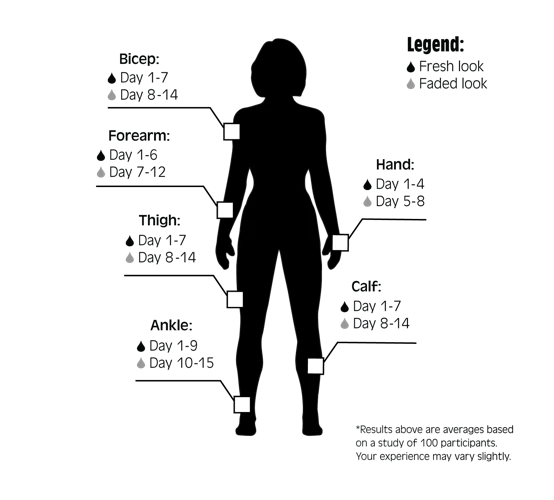
Professional Parlors
The most recommended place for getting a tattoo is a professional parlor. Professional parlors provide a safe and hygienic environment for the tattooing process. They employ experienced and skilled tattoo artists who can create designs that are not only beautiful, but also safe and long lasting. Professional parlors also use high quality inks and equipment, and follow safety regulations. Additionally, the cost of getting a tattoo at a professional parlor is usually more reasonable than at home.
Home Tattoos
Tattoos can also be done at home. It is important to note that while home tattoos are often less expensive, they come with a higher risk of infection and other complications. It is important to be aware of the potential risks and take all necessary precautions. This includes using clean, sterile needles and ink, and following all safety protocols. If done properly, home tattoos can be just as safe and beautiful as those done in a professional parlor.
Safety Precautions to Consider
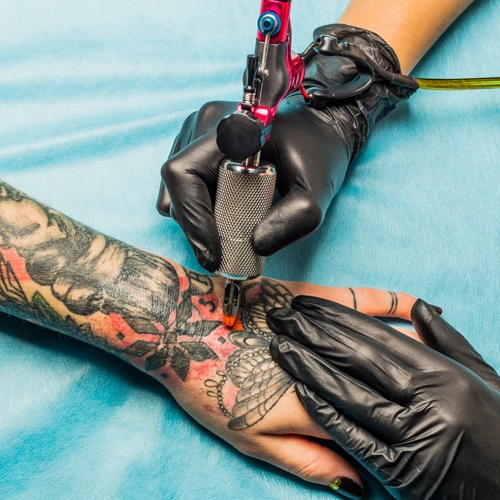
Cleaning the Area
Before getting a tattoo, it is important to ensure that the area being tattooed is clean and free of dirt and bacteria. Make sure to shower and wash the area with a mild antibacterial soap before going in for the tattoo. This will help prevent the spread of germs and infections.
Choosing a Design
When selecting a tattoo design, it is important to choose one that is meaningful to you. Consider the placement of the design and make sure it is something you will be comfortable with for years to come. Spend time researching different design options, and ask your artist for advice if needed.
Choosing an Artist
The artist you choose for your tattoo is just as important as the design itself. Make sure to research the artist’s portfolio, read reviews, and ask for references. It is also important to make sure the artist follows proper safety and sanitation procedures.
Aftercare Instructions
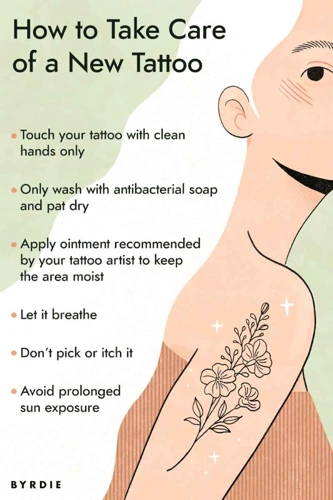
Cleaning the Area
Clean your tattoo immediately after the artist finishes the work. Use a mild, fragrance-free soap and lukewarm water to clean the area. Pat dry with a clean, soft towel. Do not rub the area.
Avoiding Sun Exposure
Keep your tattoo out of direct sunlight. Sun exposure can cause fading and discoloration, so it is important to cover the area with clothing or sunscreen if you’re going to be in the sun for an extended period.
Moisturizing the Area
Moisturizing your tattoo is essential to a speedy healing process. Use a fragrance-free, water-based moisturizer to keep the area hydrated. Apply the moisturizer several times a day for the first week, then once or twice a day for the following weeks.
Pros and Cons of Getting a Tattoo
Pros
- Tattoos can be a form of self-expression, allowing you to express your identity, beliefs and values.
- Tattoos can be a source of pride and can be a great conversation starter.
- Tattoos can be a great way to commemorate a special event or person in your life.
- Tattoos are a form of body art and can be a great way to express your creative side.
Cons
- Tattoos can be painful and can be expensive depending on the size and complexity of the design.
- Tattoos can be difficult to remove and may leave a permanent scar or discoloration.
- Tattoos can be a source of embarrassment and may limit your job prospects and other opportunities.
- Tattoos can be a source of regret if the design or placement is not to your liking.
Frequently Asked Questions
What should I consider when deciding on a location for a tattoo?
- Durability – Certain areas of your body will be more prone to wear and tear, making it harder for the tattoo to remain vibrant over time. Pick a location that will ensure your tattoo will last as long as possible.
- Pain Tolerance – Different parts of your body will be more or less painful when being tattooed. Consider your pain tolerance and find a location that will be more comfortable for you.
- Accessibility – Some tattoos will require more frequent visits for touch ups or maintenance. Think about choosing a location that is easy to access for your artist and for yourself.
- Privacy – Some tattoos will be more visible than others. If you want to keep your tattoo more private, consider choosing a location that can be easily covered with clothing or makeup.
- Limitations – Some tattoos may be too large or too intricate for certain parts of your body. Talk to your artist to see if your design is suitable for the location you have in mind.
Are there any risks associated with getting a tattoo in certain locations?
Getting a tattoo in certain locations can come with certain risks. These include skin irritation, infection, and nerve damage. You should always speak to your tattoo artist before getting a tattoo, and make sure they follow proper sterilization techniques. Additionally, if you plan to get a tattoo on a sensitive area, such as the face or genitals, it is important to do extra research and talk to your artist to ensure safety.
Are there any age restrictions for getting a tattoo?
In most countries, the legal age for getting a tattoo is 18. However, it is important to check with your local laws and regulations to make sure that you are of the appropriate age to get a tattoo. In some cases, minors may be able to get a tattoo with parental consent.
Are there any restrictions on the types of tattoos I can get in certain locations?
It is important to note that certain locations may have restrictions on the size, placement, and types of tattoos you can get. For example, tattoos on the hands, neck, and face can be more restricted in certain places and workplaces. Additionally, some local and state laws may prohibit certain types of tattoos, such as those with explicit content. Be sure to do your research and check local regulations before deciding where to get your tattoo.
Are there any health considerations I should take into account before getting a tattoo?
Allergies: People with allergies to certain inks may experience an allergic reaction to a tattoo. Therefore, it is important to do a skin test before getting a tattoo to ensure the ink does not cause an allergic reaction.
Infection: Tattoos can be a breeding ground for bacteria and viruses, including HIV and hepatitis. Therefore, it is important to make sure the tattoo parlor is clean and sanitary and the needles are new and sterile.
Scarring: The needle used to apply the tattoo can cause scarring. It is important to follow the aftercare instructions provided by the tattoo artist to reduce the risk of scarring.
Pain: It is natural to experience some discomfort when getting a tattoo. The degree of discomfort experienced can vary depending on the location of the tattoo and the individual’s pain tolerance.
Blood-borne diseases: If proper safety protocols are not followed, there is a risk of contracting a blood-borne disease from a tattoo. Therefore, it is important to check the tattoo artist’s credentials and make sure they are following safety protocols.
Conclusion
When deciding where to place your next tattoo, it is important to consider the size and design of the tattoo, as well as the area on your body that you would be most comfortable with. Think about whether you prefer to show off your tattoo or hide it depending on the occasion. Consider the pain level of the area and the potential for scarring. Finally, make sure you choose a reputable tattoo artist who you trust to deliver the best results.